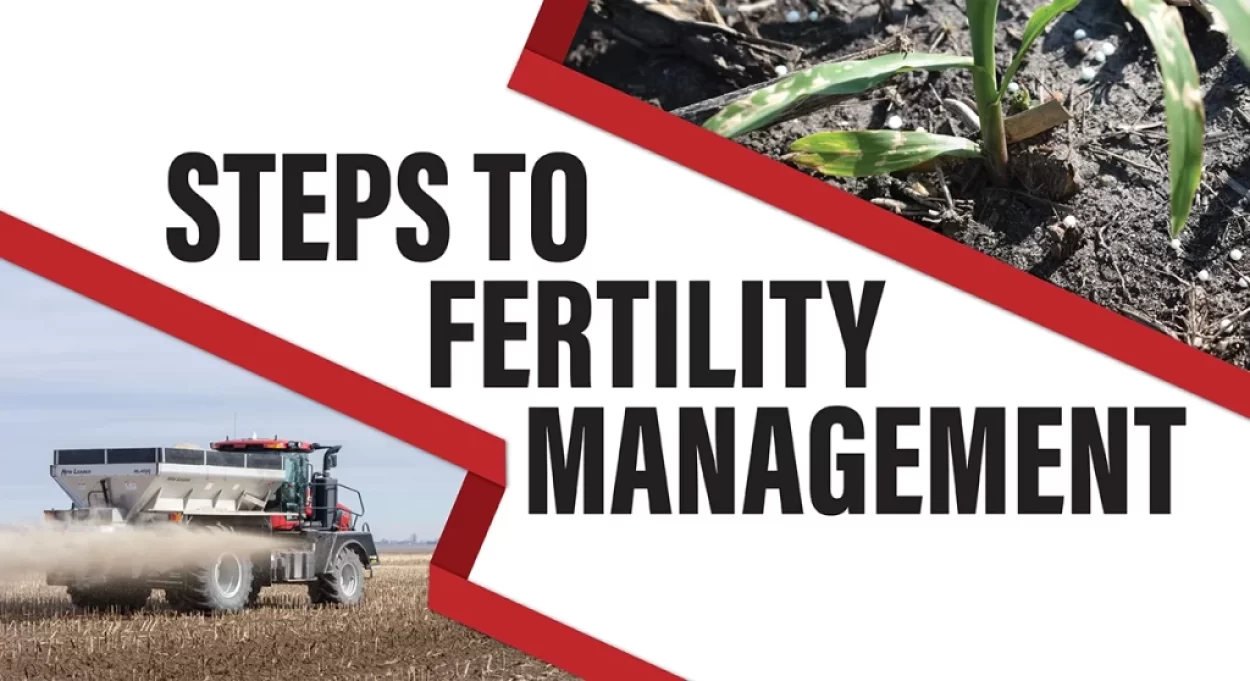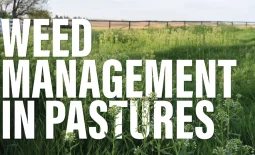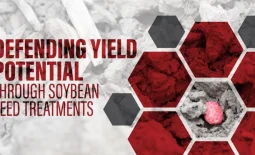Steps to Soil Fertility Management
By: Justin Hunter | Agronomy Sales
Many have heard agricultural companies promoting their products as “increasing yield” or “adding bushels.” This common advertising tactic captures the attention of the farmer and creates an interesting conversation piece, but in reality, input decisions farmers make can only protect yield – not increase it. It is easy to get caught up in the hot topics of biologicals and foliar nutritionals, but if other, more fundamental factors like soil fertility aren’t prioritized then additional crop inputs may not provide a return on investment.
Grain yield is determined by the plant’s most limiting resource as described in Liebig’s Law of the Minimum – often illustrated as a barrel with staves representing independent growth factors (Liebig’s law of the minimum, 2019). If one growth factor is limited or deficient, then yield cannot be maximized. Corn and soybeans have the most yield potential when they are seeds in a bag – as soon as planting begins, the seeds and plants become exposed to biotic stresses (e.g., insects, diseases, weeds) and abiotic stresses (e.g., weather, fertility, soil characteristics) that minimize yield potential. Obviously, some factors carry more weight than others, and there are many variables farmers cannot control. As for things farmers can control, soil fertility management is key, and it may help get back to the basics with a step-by-step plan.
Step 1 | Obtain Soil Samples
Soil sampling will aid in understanding and improving one’s farming operation. Composite sampling (1 sample/20 acres) will provide some useful data, but grid sampling (1 sample/2.5 acres) will generate better data that can be used to apply (or not apply) fertilizer more efficiently.
Step 2 | Improve Compaction and Drainage Concerns
Carbon, hydrogen and oxygen make up about 95% of plant biomass. Soil management plays a large role in plant utilization of these nutrients. Improving soil conditions will better utilize the “free fertilizer” that air and water provide. Amending compaction and drainage issues will also help with the uptake of all other essential nutrients.
Step 3 | Manage pH Levels
Soil pH affects a plant’s ability to uptake nutrients. The ideal pH for corn and soybeans is between the range of 6.0 to 7.0. Most of the pH management decisions made in southeast Iowa have to do with correcting acidic soils (pH < 6.0). Grid soil sampling and applying lime to the low testing areas is the most effective way to properly manage soil pH.
Step 4 | Correct and Maintain P and K Levels
Phosphorus and potassium are two macronutrients that are taken up by corn and soybeans in large quantities. One must consider the removal rates of these nutrients when making fertilizer applications as well as the soil test value. Improper soil sampling and fertilization for P and K will have a negative effect on the crop and will become most apparent under adverse weather conditions.
Step 5 | Manage Secondary Nutrients and Micronutrients
The term “micro” in micronutrient does not mean “less important” but rather it means a smaller quantity is required than macronutrients. Soil and plant tissue sampling is a good way to monitor these nutrients. Using these samples to make applications accordingly in low performing fields will help protect yield (Pagani et al., 2013).
There are many more details to talk about and highlight on soil fertility, but there is value in getting back to the basics in a world full of new, eye-catching products and advertisements. These steps provide a basic overview of fertility management and should help give farmers an order of importance to focus on. Good soil fertility is a proven way to take more control of crop performance and will help maximize yield in both favorable and unfavorable weather conditions.
Sources
DeKalb Asgrow Deltapine (2019, December 2). Corn nutrition 101. https://cloudprod.dekalbasgrowdeltapine.com/en-us/agronomy/corn-nutrition-101.html
Liebig’s law of the minimum. (2023, July 13). In Wikipedia. https://en.wikipedia.org/wiki/Liebig%27s_law_of_the_minimum
Pagani, A., Sawyer, J.E., & Mallarino, A. P. (2013). Site-specific nutrient management: For nutrient management planning to improve crop production, environmental quality, and economic return. Iowa State University Extension and Outreach. https://dr.lib.iastate.edu/handle/20.500.12876/33382










